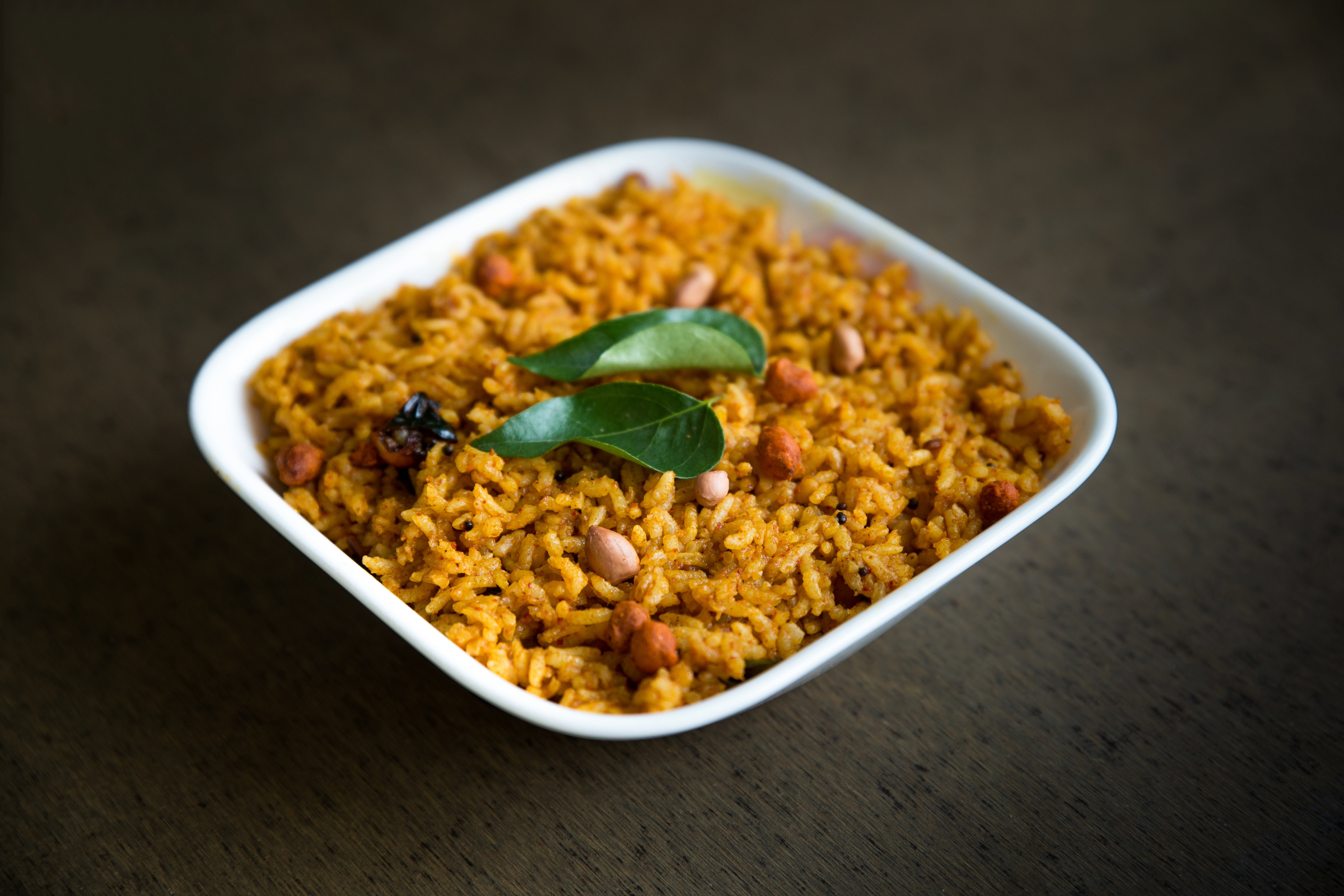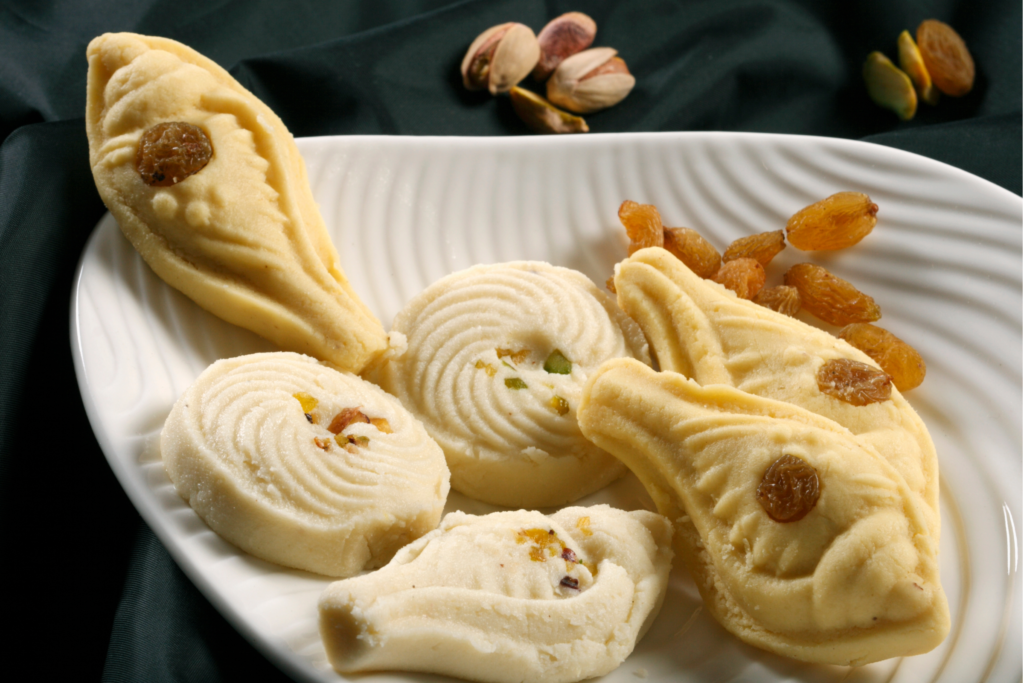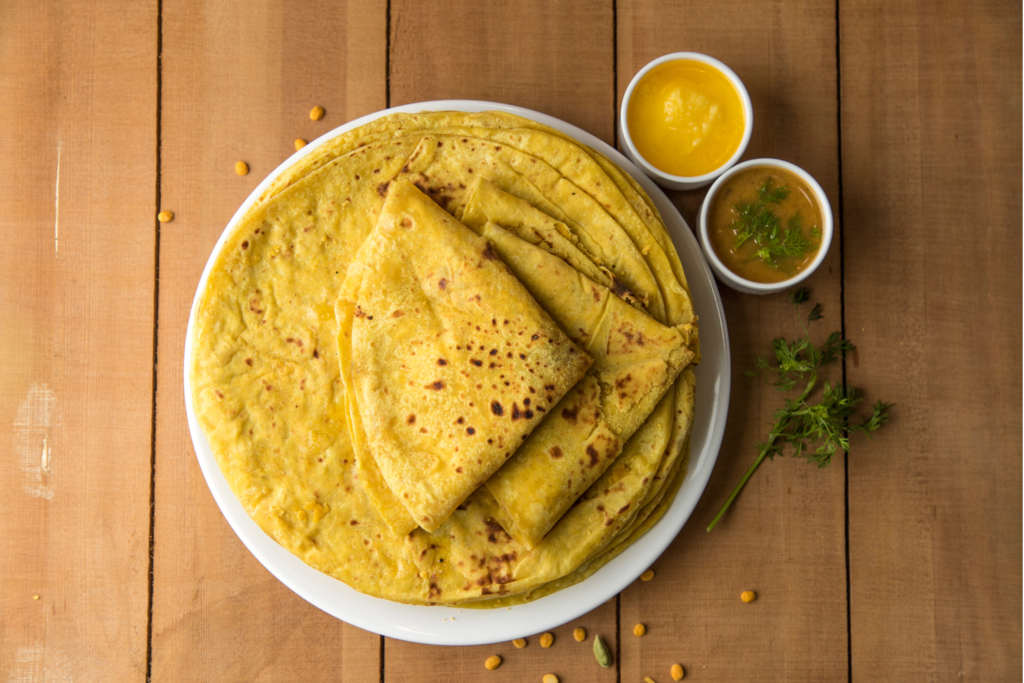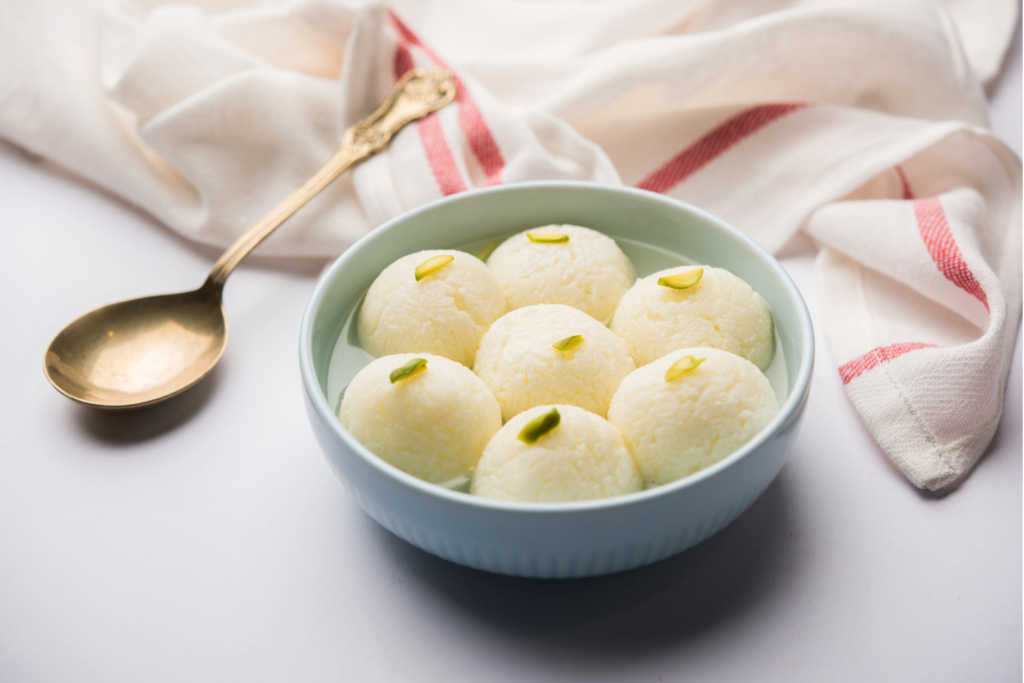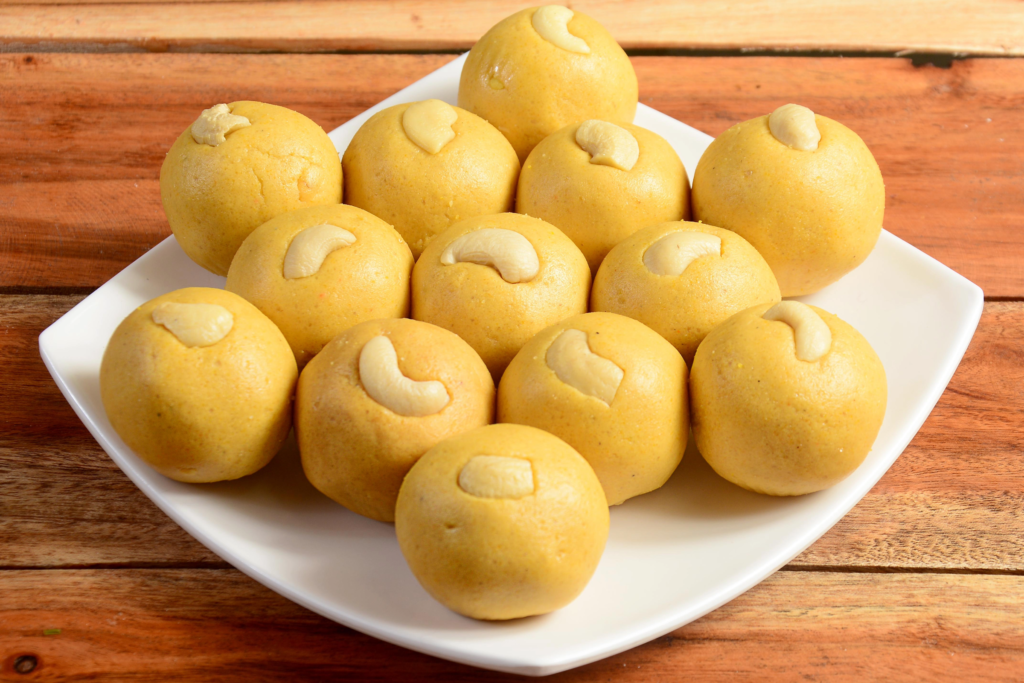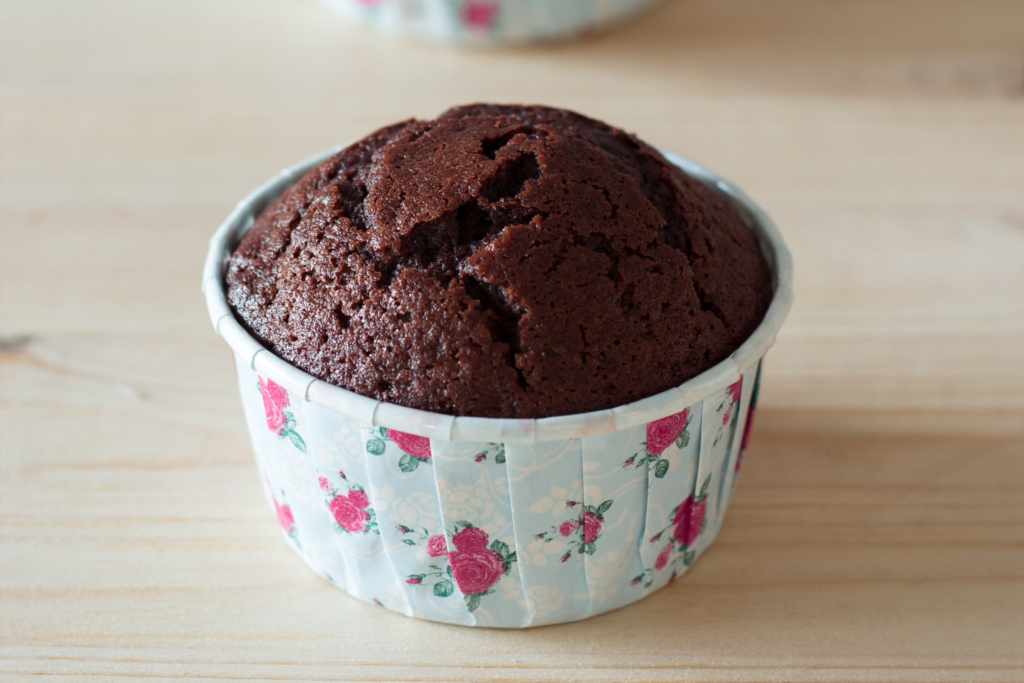Introduction:
Welcome to the world of vibrant and diverse Indian cuisine, where each dish is a symphony of flavors, spices, and tradition. Today, we’re venturing into the delightful realm of Tamarind Rice, a beloved South Indian classic that has won the hearts and palates of food enthusiasts worldwide. In this user-friendly guide, we’ll unlock the secrets of preparing Tamarind Rice in your kitchen. From tangy tamarind paste to aromatic spices, we’ll show you how to create this iconic dish that’s not just a meal but a culinary adventure.
Why Tamarind Rice?
Before we delve into the ingredients and techniques that make Tamarind Rice unique, let’s understand why this dish holds such a revered place in Indian cuisine. Tamarind Rice is a symphony of flavors. It’s a tangy, spicy, and utterly satisfying dish that combines the zing of tamarind with the fragrance of spices.
Tamarind Rice isn’t just about taste; it’s about the comfort and joy that a well-made dish can bring. It’s a testament to the art of balancing sweet, sour, and spicy notes. This dish transcends boundaries, appealing to both those new to South Indian cuisine and seasoned food lovers.
What sets Tamarind Rice apart is its versatility. It can be a quick lunch option, a delightful picnic dish, or a flavorful addition to your festive spread. Pair it with crunchy papadums, yogurt, or a side of coconut chutney, and you have a feast that’s both tangy and satisfying.
What Sets Our Recipe Apart?
You might wonder, “Why make Tamarind Rice at home when it’s available at restaurants?” The answer is simple: Crafting tamarind Rice in your kitchen allows you to customize the flavors to your liking, use fresh ingredients, and enjoy a homemade dish free from preservatives.
Our user-friendly Tamarind Rice recipe ensures you’ll effortlessly recreate the authentic taste and experience. We’ll guide you through each step, share pro tips, and provide insights to ensure your Tamarind Rice turns out flavorful, aromatic, and as delightful as it should be.
Join Us in the Kitchen
Throughout this guide, we’ll provide easy-to-follow, step-by-step instructions to make your Tamarind Rice-making experience enjoyable. Whether you’re a seasoned cook or new to South Indian cuisine, our recipe is designed to guarantee your success.
So, gather your ingredients, put on your apron, and let’s embark on a culinary adventure that will transport you to the aromatic kitchens of South India. Let’s create a plate of Tamarind Rice that’s not just a dish; it’s a celebration of tradition, a symphony of flavors, and a culinary masterpiece that will leave you wanting more.
